Post researched and written by Ali Clarke, Collections Assistant (Archives).
One of the more poignant collections held in the Hocken archives is a small number of papers relating to the Kaitangata coal mine disaster (Misc-MS-0840). On 21 February 1879 a miner entered some old workings with a naked light and the firedamp (methane) within exploded. 34 men and boys underground died, some from the explosion and others from the afterdamp (the toxic gases left in a mine after a methane explosion, including nitrogen, carbon monoxide and carbon dioxide). It was, at the time, New Zealand’s largest mine disaster; sadly there have been larger ones since, at Brunner in 1896 and at Huntly in 1914.

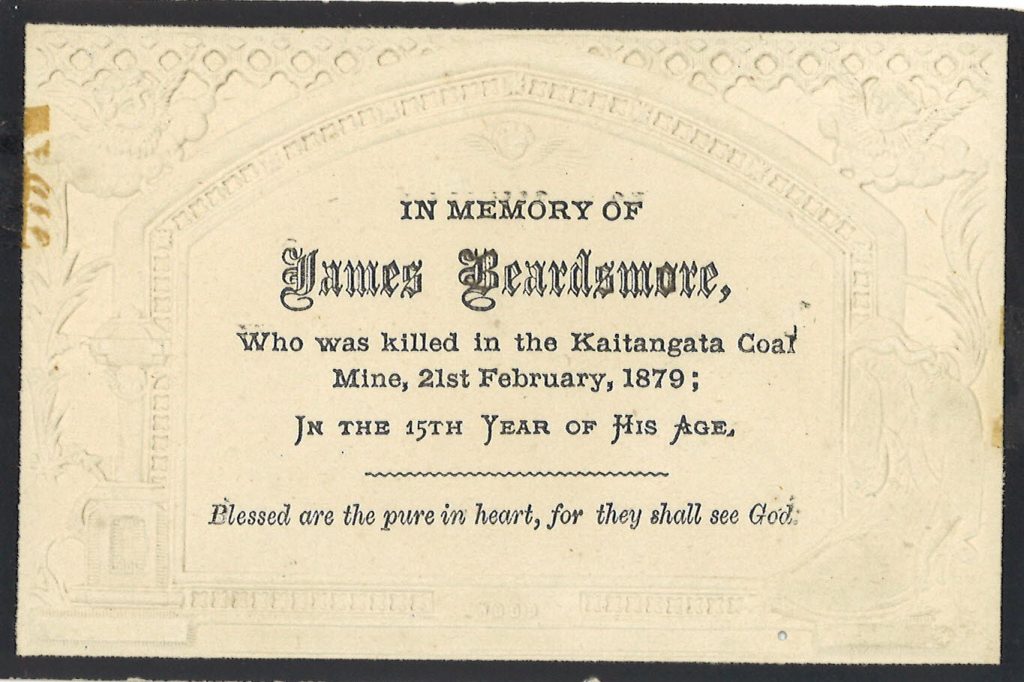
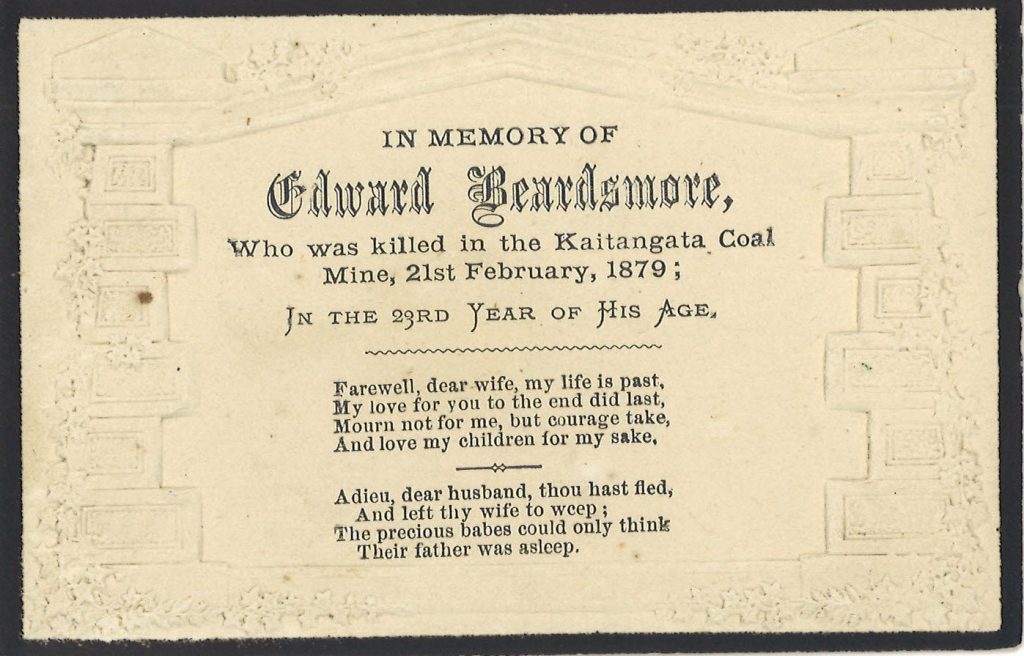
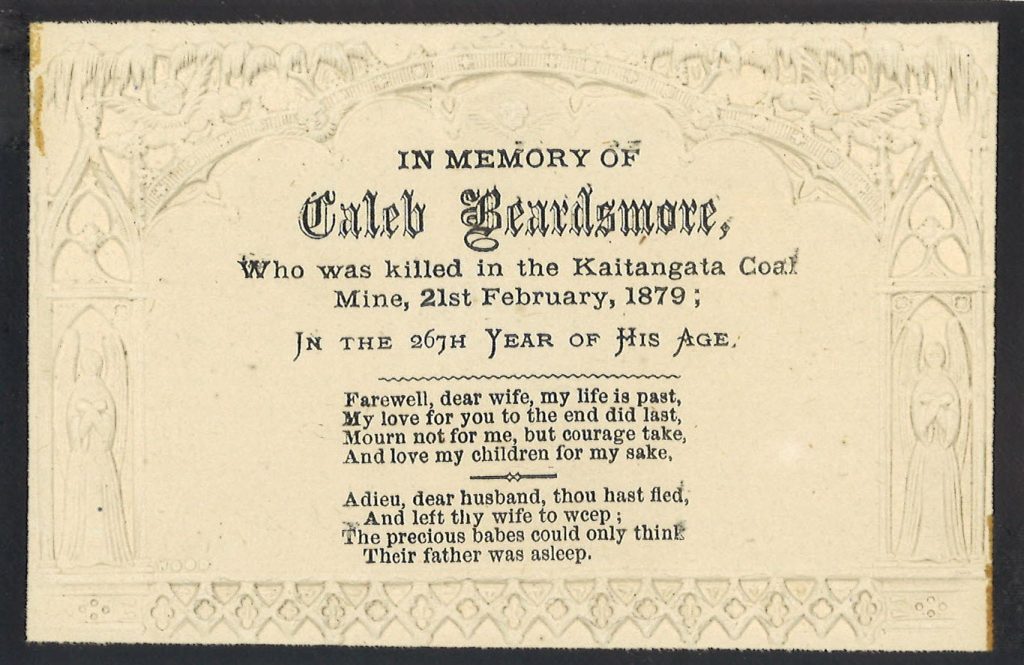
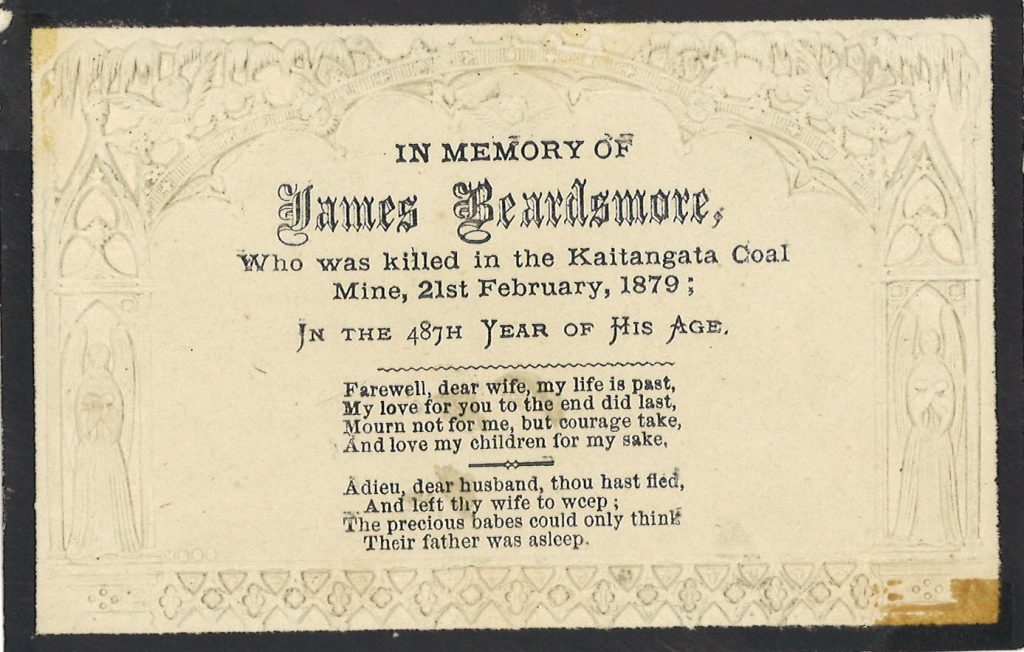
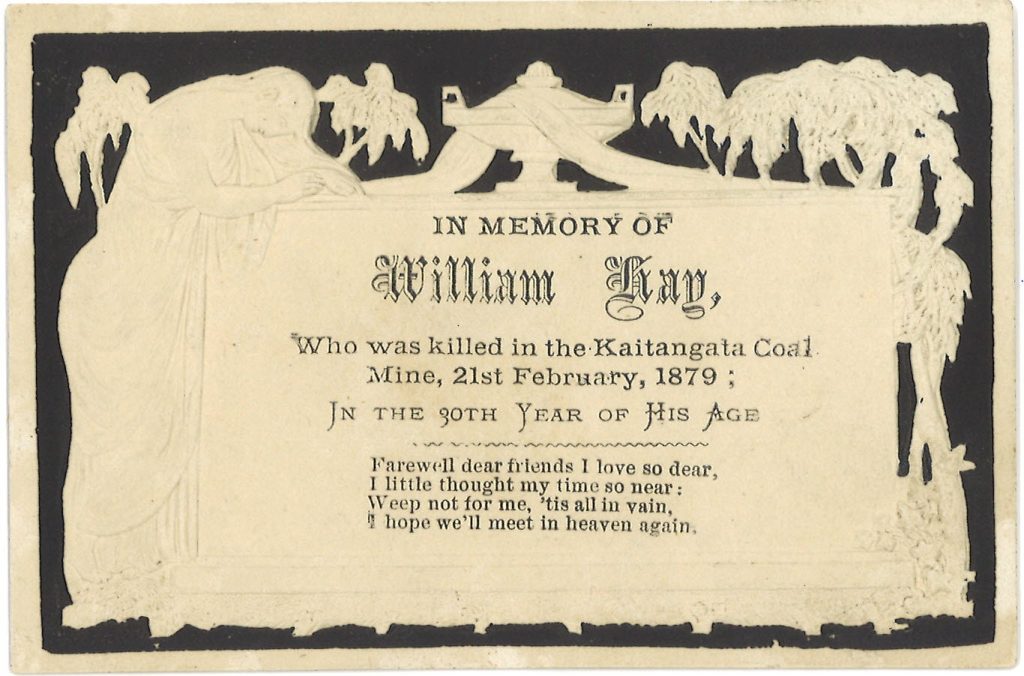
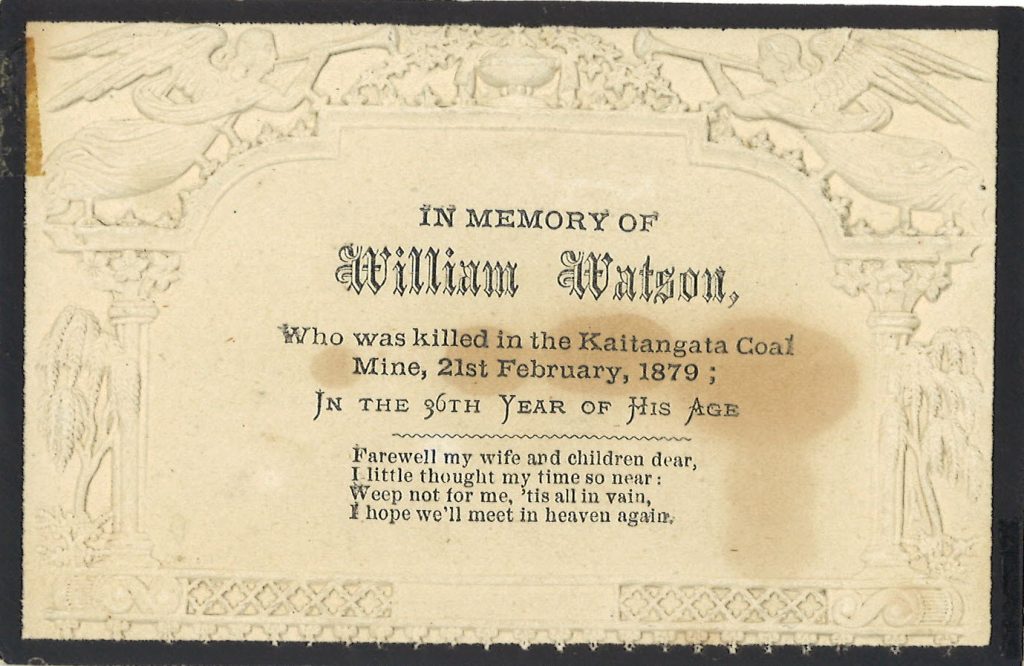
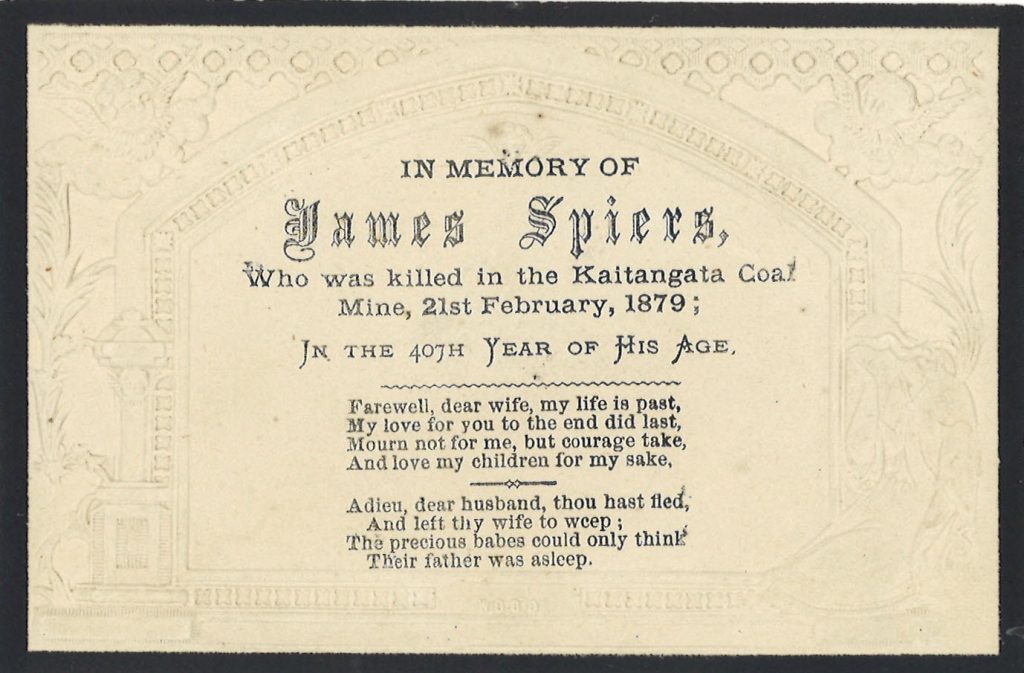
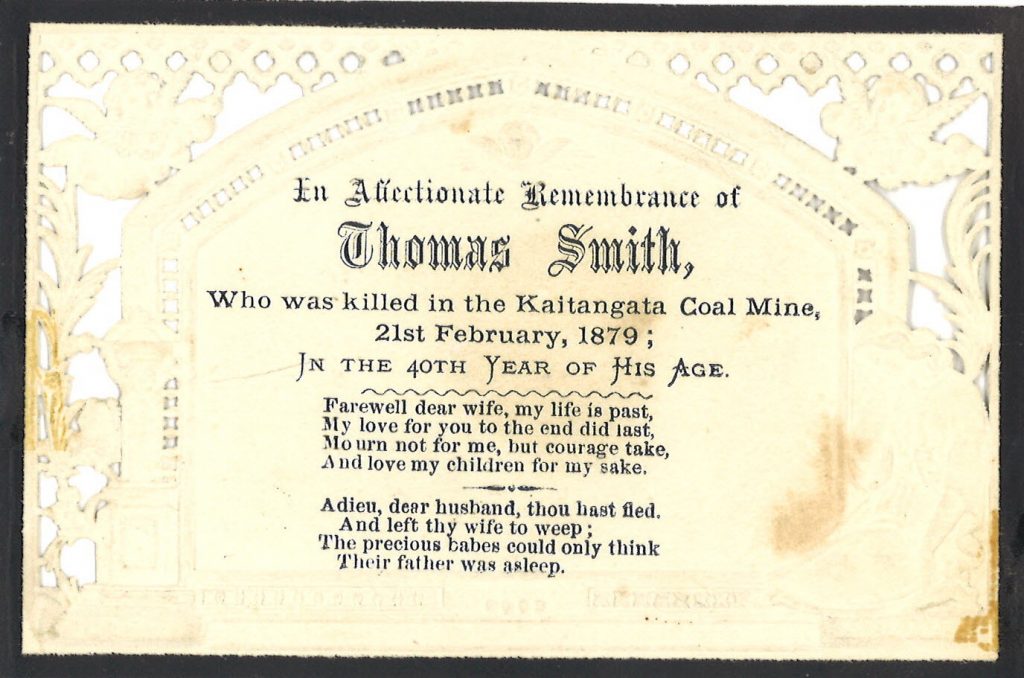 The collection includes some newspaper clippings and photographs, but perhaps most interesting are the mourning cards for nine of the people who died in the disaster. These small cards (around 115 x 75mm) each bear the name and age of the person, along with a memorial verse; the verses vary slightly. Five of the cards are for members of the Beardsmore family: James Beardsmore senior, his sons Edward and James, his son-in-law Caleb, and his brother Joseph. Two other men in the family were also miners, but off work at the time of the accident. The Beardsmores had arrived in New Zealand as assisted migrants in an extended family group of 22 aboard the ship ‘Oamaru’ just two years before the disaster; they hailed from Lancashire. Four of the family were left widows with young children through the mine explosion.
The collection includes some newspaper clippings and photographs, but perhaps most interesting are the mourning cards for nine of the people who died in the disaster. These small cards (around 115 x 75mm) each bear the name and age of the person, along with a memorial verse; the verses vary slightly. Five of the cards are for members of the Beardsmore family: James Beardsmore senior, his sons Edward and James, his son-in-law Caleb, and his brother Joseph. Two other men in the family were also miners, but off work at the time of the accident. The Beardsmores had arrived in New Zealand as assisted migrants in an extended family group of 22 aboard the ship ‘Oamaru’ just two years before the disaster; they hailed from Lancashire. Four of the family were left widows with young children through the mine explosion.
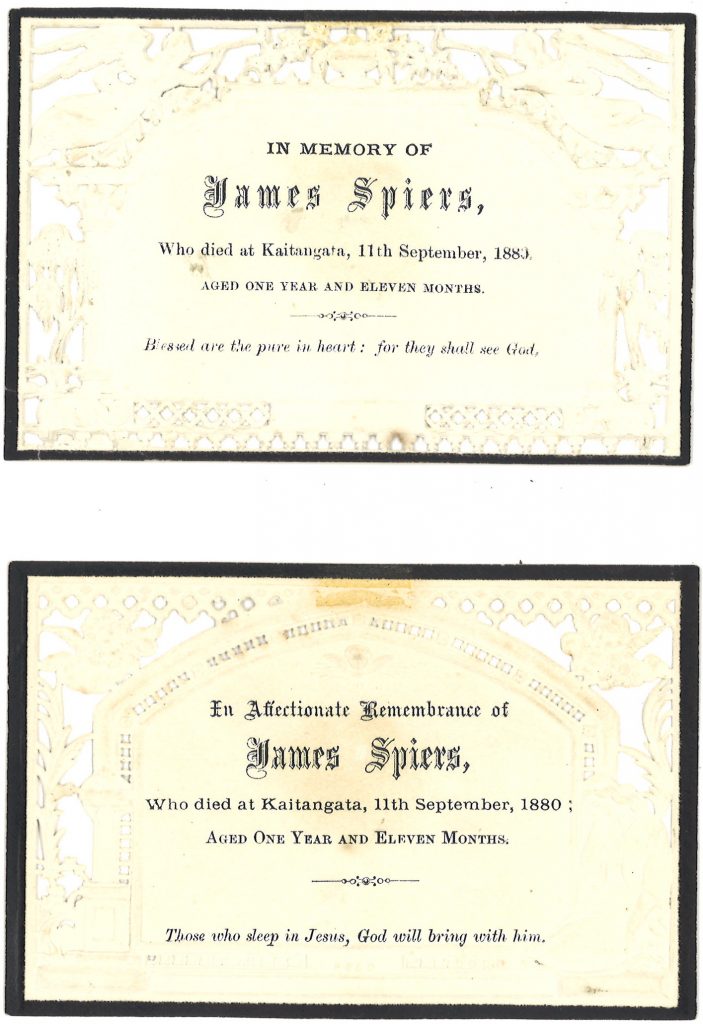
James Spiers, who died in the mine disaster (left), his widow Elspeth Spiers (right), and mourning cards for their son James. Misc-MS-0840-1.
The Clutha Leader reported that, overall, the disaster left 25 widows and 105 fatherless children. Another of the men for whom we have a memorial card, and also a photograph, is James Spiers, who was a father of eight. His youngest was just a baby who died himself soon before his second birthday; the collection also includes memorial cards for that child. The community raised funds to support the families bereaved by the disaster, but it was not easy for a widow to support a family in an era before government social support payments. Many remarried fairly quickly. Joseph Beardsmore’s widow Caroline married Harry Denson later that year – he subsequently died in 1896 in the Brunner mine disaster.
The Hocken also has a wide variety of other mourning cards, or in memoriam cards as they were sometimes known. Some are in family papers and others are in our ephemera collection. The earliest I have located is dated 1859 and is for Hannah Longfellow, who died in Yorkshire. It has an elaborate cutout design and is mounted on velvet fabric for framing. The earliest card for a New Zealand death that I have located so far is a much simpler design, for John Edward Preston, who drowned in a creek on his family’s sheep station on the Maniototo in 1877.

New Zealand Tablet, 19 August 1920. Clippings from PapersPast, https://paperspast.natlib.govt.nz/, courtesy of the National Library of New Zealand.
Mourning cards were popular in Britain from the early 1800s, and there is advertising for them in New Zealand papers from the 1850s. The cards were imported into New Zealand, with local printers – often newspaper offices – supplying them and adding the personal details required. Embossed flat cards, like those from the Kaitangata disaster, were common at that time, but during the 1880s and 1890s small folded cards became more common, with decorative covers and personal details inside. Another style of card popular during the 1890s and early 1900s was a large flat card in black, with text and decorative features in gold. Some, like the Arthur Brook Quertier card shown, were manufactured in Australia by the Memorial Card Company; the personal details would have been added locally. Occasionally memorial cards included a photograph. A rather unusual one in our collection is a 1901 card for Fred Hancock of Lawrence, produced by Wellington photographer David Aldersley, with a photograph of Hancock and a flower border. Most cards carried some sort of imagery, and many were beautifully designed.
The messages on cards varied between people and through time; many carried religious messages such as Bible verses, hymns, or poems with a spiritual flavour reflecting on death and the afterlife. Twentieth-century Catholic memorial cards frequently included a prayer readers could offer for the deceased person. The simple verses on the cards for the Kaitangata mine disaster victims reflected the shock of their sudden deaths; they refer to their grieving wives, children and friends, and some referred to the hope “we’ll meet in heaven again”. Today, exactly 140 years after the mine disaster, we remember the victims and their families.


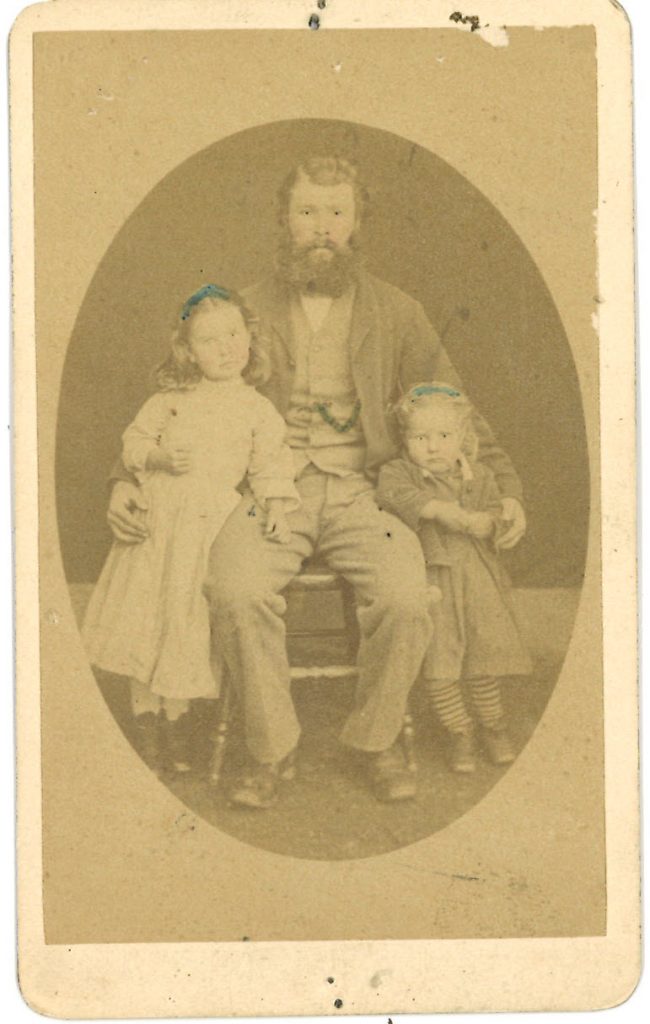
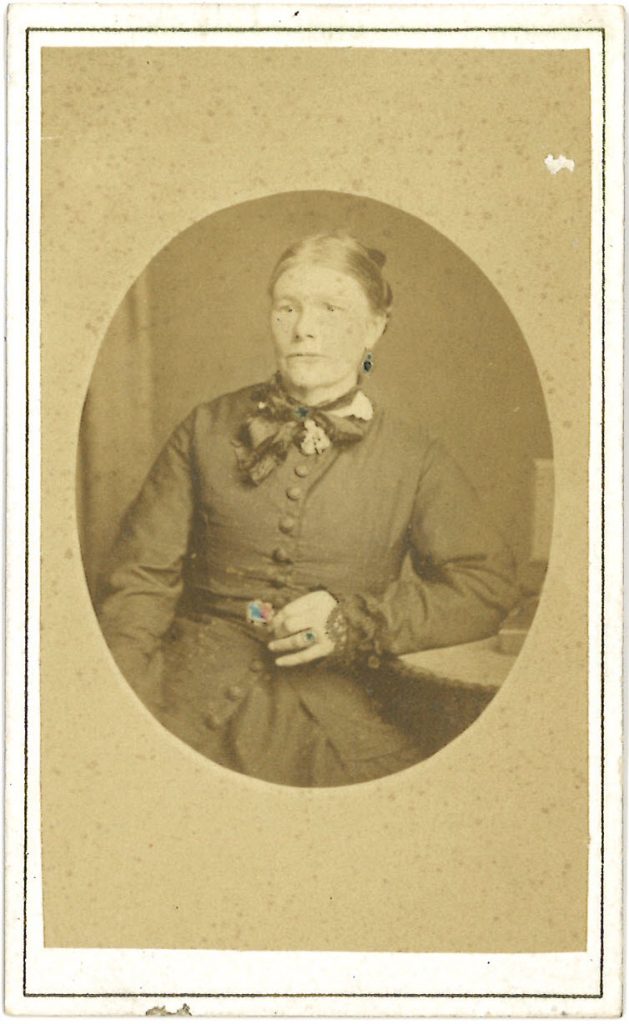
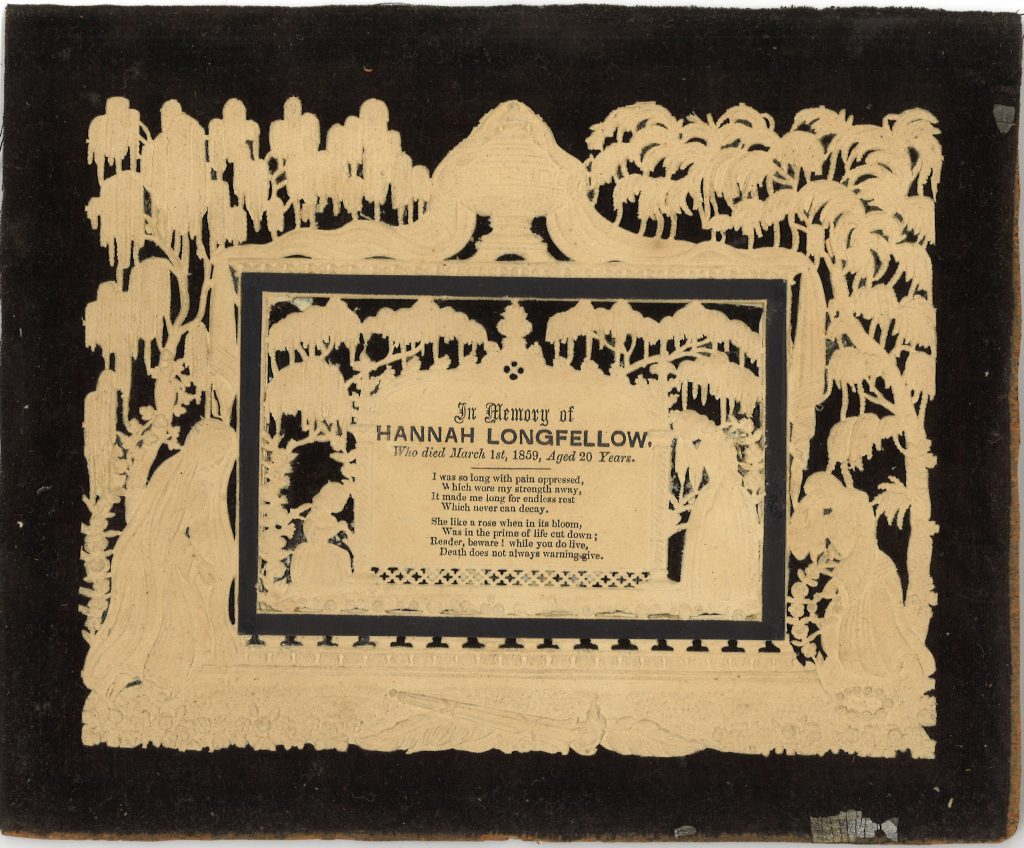
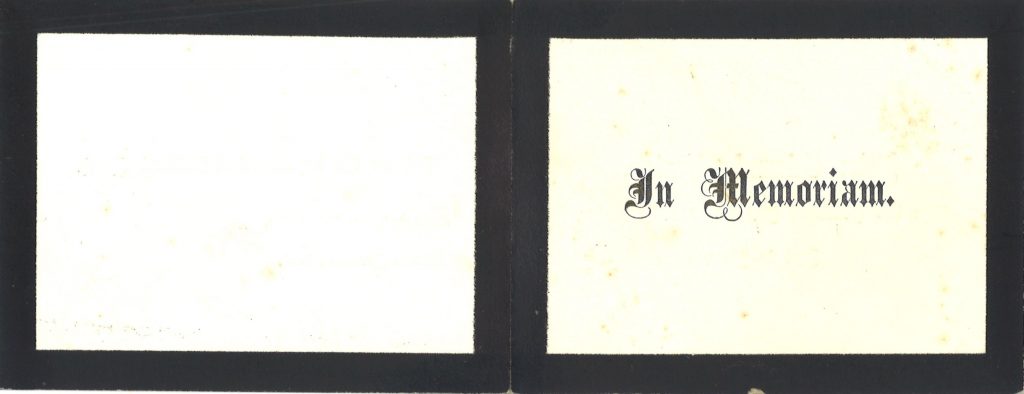
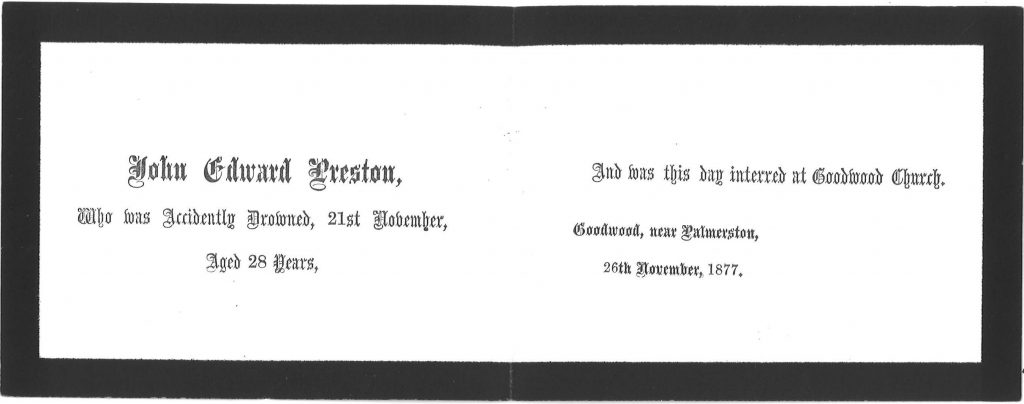
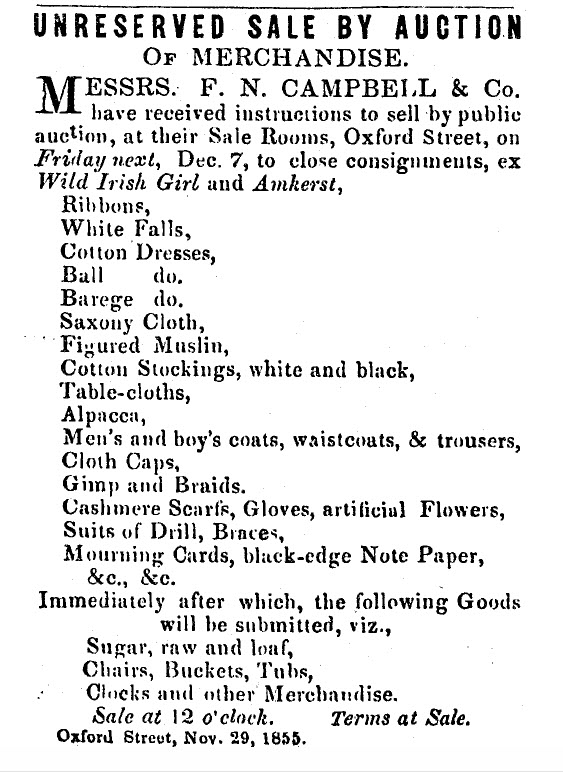
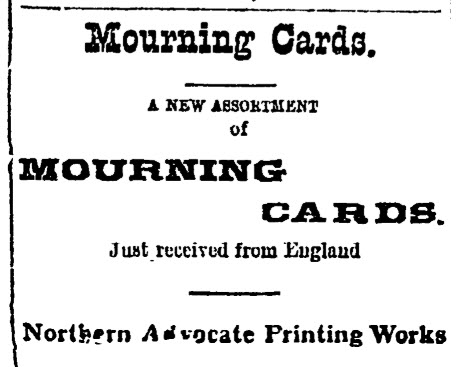
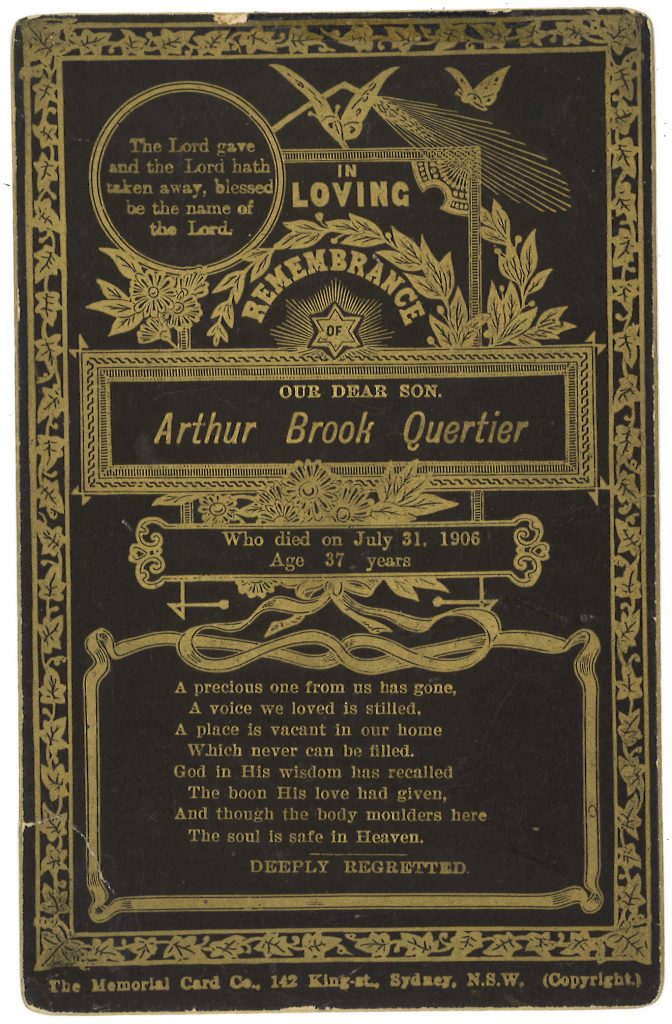
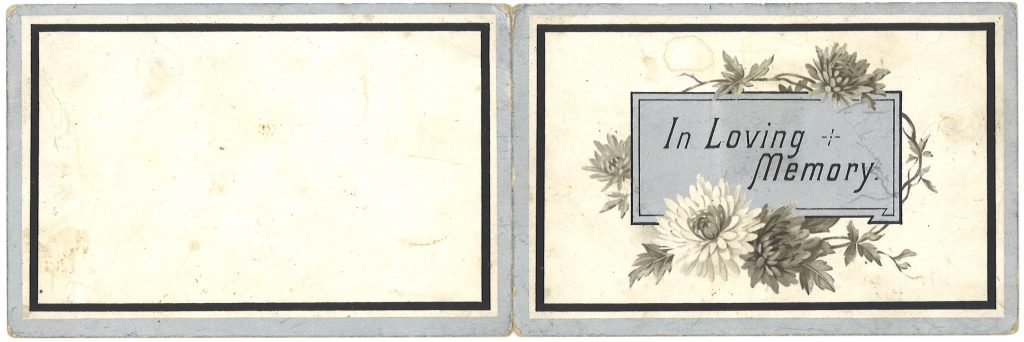
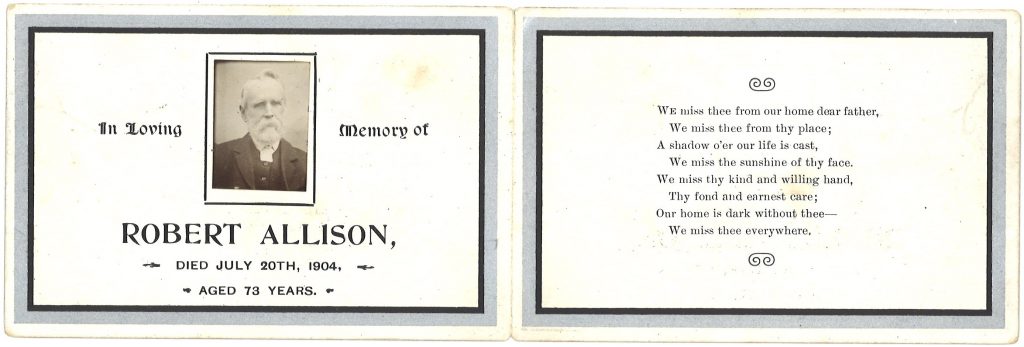
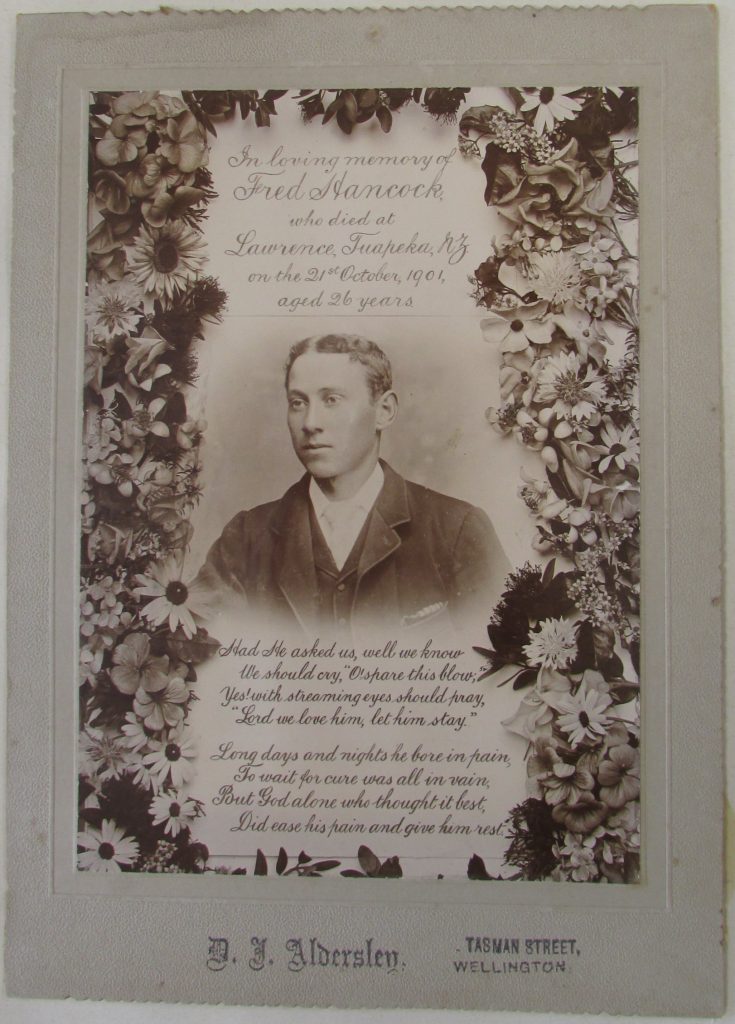
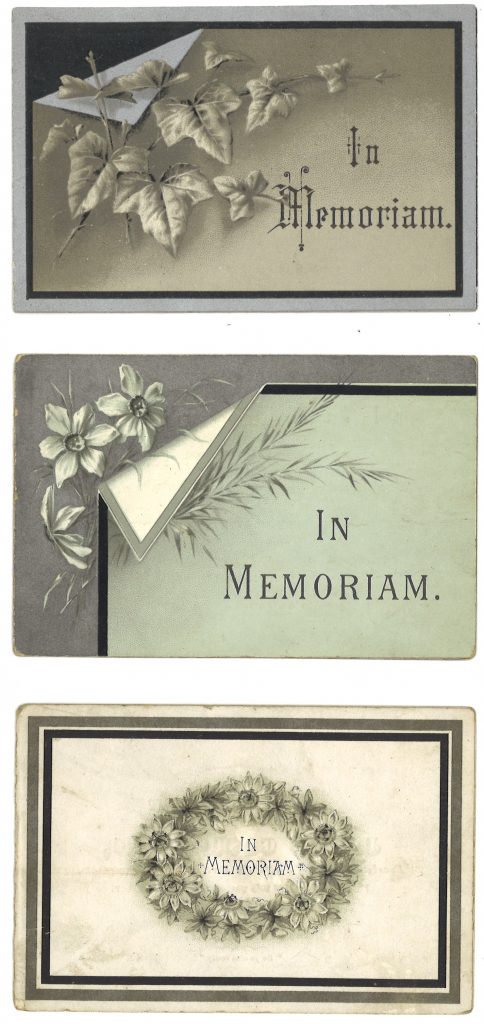
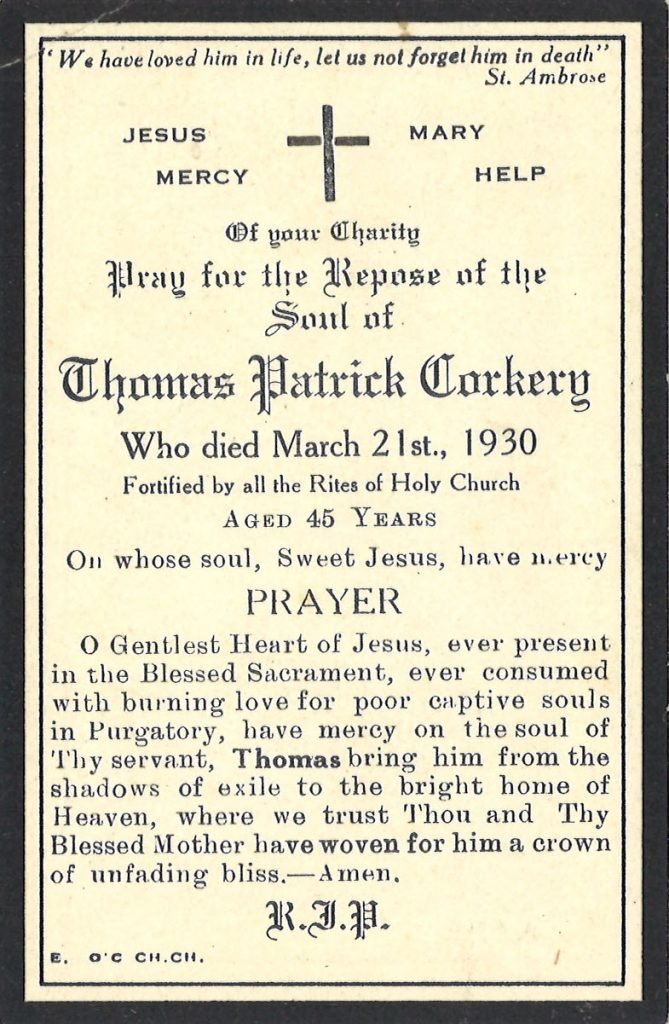
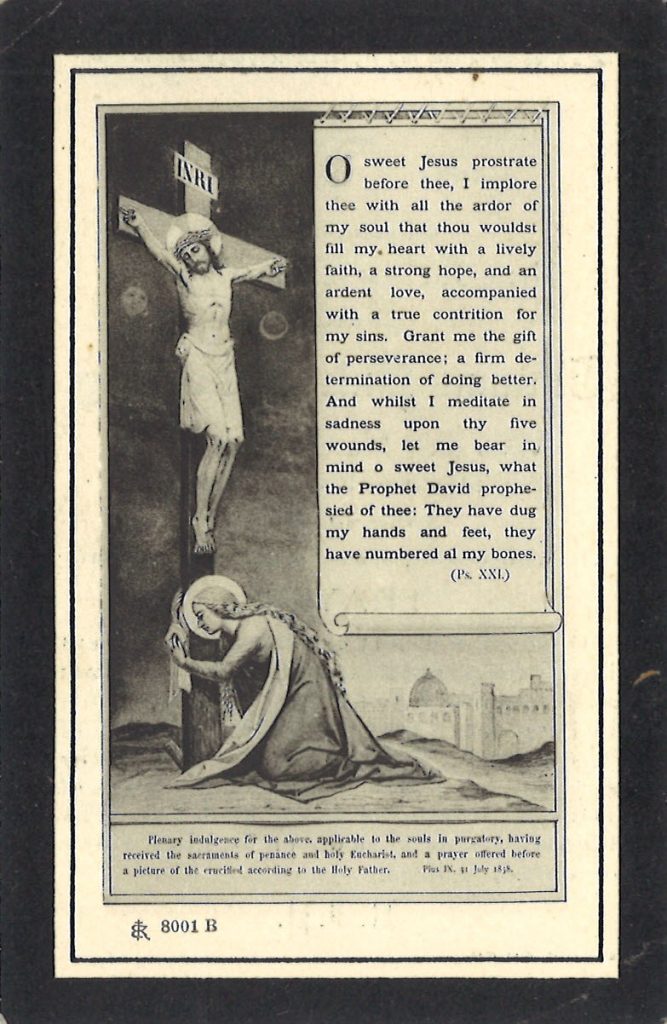
My grandfather’s brother was Charles McDonald aged 15, do you have any reference to him?
Kia ora Neil, we don’t have a mourning card for Charles McDonald with the Kaitangata mine disaster papers – we only have the ones shown above. However, there are references to him in the newspaper clippings. You can read the report of the accident from the Clutha Leader on the PapersPast website at: https://paperspast.natlib.govt.nz/newspapers/CL18790228.2.5
Very interested to see this. James Spiers was my 2nd great grandfather.
I would love to view the photos and memorial cards. How would I arrange this?
Kia ora Nicky – you can visit the Hocken Monday to Saturday between 10am and 5pm. You will need to register as a Hocken researcher so bring some photo id like your drivers licence with you. We are at 90 Anzac Ave, Dunedin just over the road from Emmersons. Hope we see you soon!